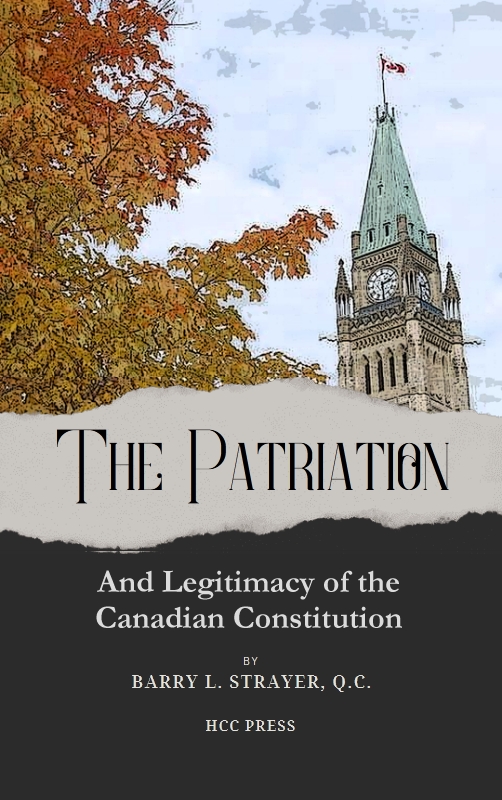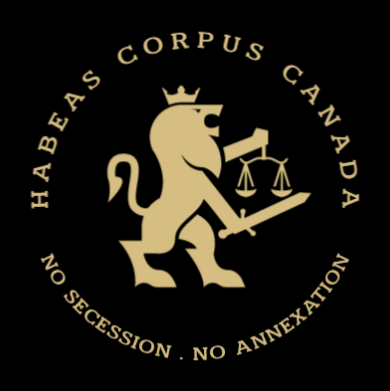minster were followed in this final amendment to the British North America Act.
It also seemed necessary to comply with the requirements of section 4 of the Statute of Westminster pertaining to the legal requirement of request and consent by the Dominion for the enactment of any other British laws applying to that Dominion. The Canada Act not only amended the British North America Act but also amended several other statutes, including the Statute of Westminster itself. While section 4 of the Statute of Westminster does not spell out how the request and consent of a Dominion is to be expressed, there was precedent in the case of Canada for that request and consent to be expressed by the Queen’s Privy Council for Canada. This was the practice followed, for example, in the case of Canada’s initial consent to the abdication of Edward VIII and the succession of George VI in December, 1936. That situation also involved the request and consent of the Dominion to a British statute affecting Canada — namely, the change in succession to the Canadian throne. Therefore, if you happened to be following the events at the Governor General’s residence on the night of December 8, 1981, you would have seen that the Prime Minister presented to the Governor General a copy of a Minute of the Privy Council for transmittal to the Queen. That Minute declared Canada’s request and consent to the enactment of the Canada Act. If you look at the preamble to the Canada Act, you also will find in there the formal recital that “Canada has requested and consented to the enactment” of that statute.’
Accordingly, the Canada Act proceeded through both Houses of the British Parliament and received Royal Assent on March 29, 1982, the hundred and fifteenth anniversary of Royal Assent to the original British North America Act. It was duly proclaimed by the Queen in Ottawa last April 17 in accordance with the procedure for proclamation provided in the Act. That procedure was somewhat unusual, being written in the alternative so that either the Queen or the Governor General could proclaim the Canada Act, and it provided that the proclamation could be issued under our Great Seal rather than that of the United Kingdom. The proclamation of any law by the Queen is unusual, and it must have been particularly unusual for a British law to be proclaimed by Her in another country by use of the Great Seal of that country. But the procedure was carefully provided for by statute and was carried out as prescribed.
1. The only other statute applying to Canada where both recitals were used, as far as I am aware, was the B.N.A, A ct, 1949 (Terms of Union with Newfound land), 12-13 George VI, c.22 (U.K.). The use of both recitals was suggested by British officials at the time of the drafting of the legislation to adopt the Fulton-Favreau formula in 1964: see letter of Nov. 3, 1964, from Prime Minister Pearson to provincial premiers, reproduced in (1966-7) 12 McGill L.J. at 587.* See also explanation in Favreau, The Amendment of the Constitution of Canada (1965) at 34-5.
* Admin. The footnote is accurately reproduced from a scan of the original, but is incorrect. There is no page 587 in Volume 12.

